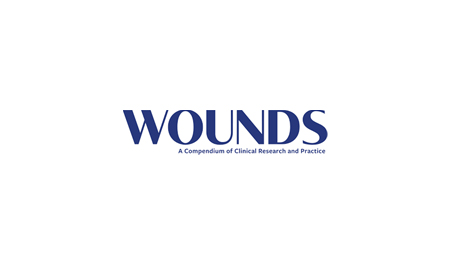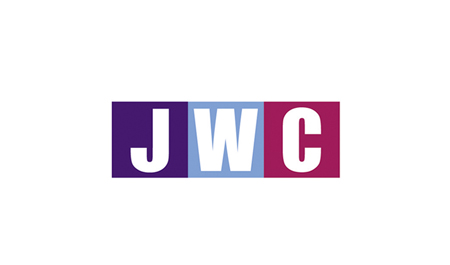Abstract
BACKGROUND: Elevated bacterial bioburden and biofilm formation are common causes for delayed wound healing. Biofilm is an assemblage of surface-associated microbes enclosed in a self-produced matrix. Identifying and managing biofilm is a crucial component of successful wound care protocols. PURPOSE: To determine the effects of a native cross-linked extra cellular matrix with polyhexamethylene biguanide (PHMP; PHMP antimicrobial [PCMP]), in conjunction with next-generation DNA sequencing (NGS) and targeted debridement by fluorescence imaging (MolecuLight), on managing bacterial bioburden to support wound healing. METHODS: Over 6 weeks, fluorescence images were captured to assess bacterial contamination as were standard images with measurements. Tissue swabs were obtained and analyzed using NGS to quantify bacterial bioburden. PCMP was applied at each treatment visit. RESULTS: Baseline wound duration was 23.0 ± 6.7 weeks, and baseline size was 7.9 ± 7.1 cm2. Two out of 5 wounds healed by week 4. The mean percentage area reduction of all wounds was 59.7% by week 4 and 78.1% by week 6. All wounds were fluorescence positive on week 1 and fluorescence negative by Week 4. CONCLUSION: PCMP, as an antimicrobial barrier, combined with use of a real-time method of bacterial detection, may be beneficial in managing the wound healing environment.
















